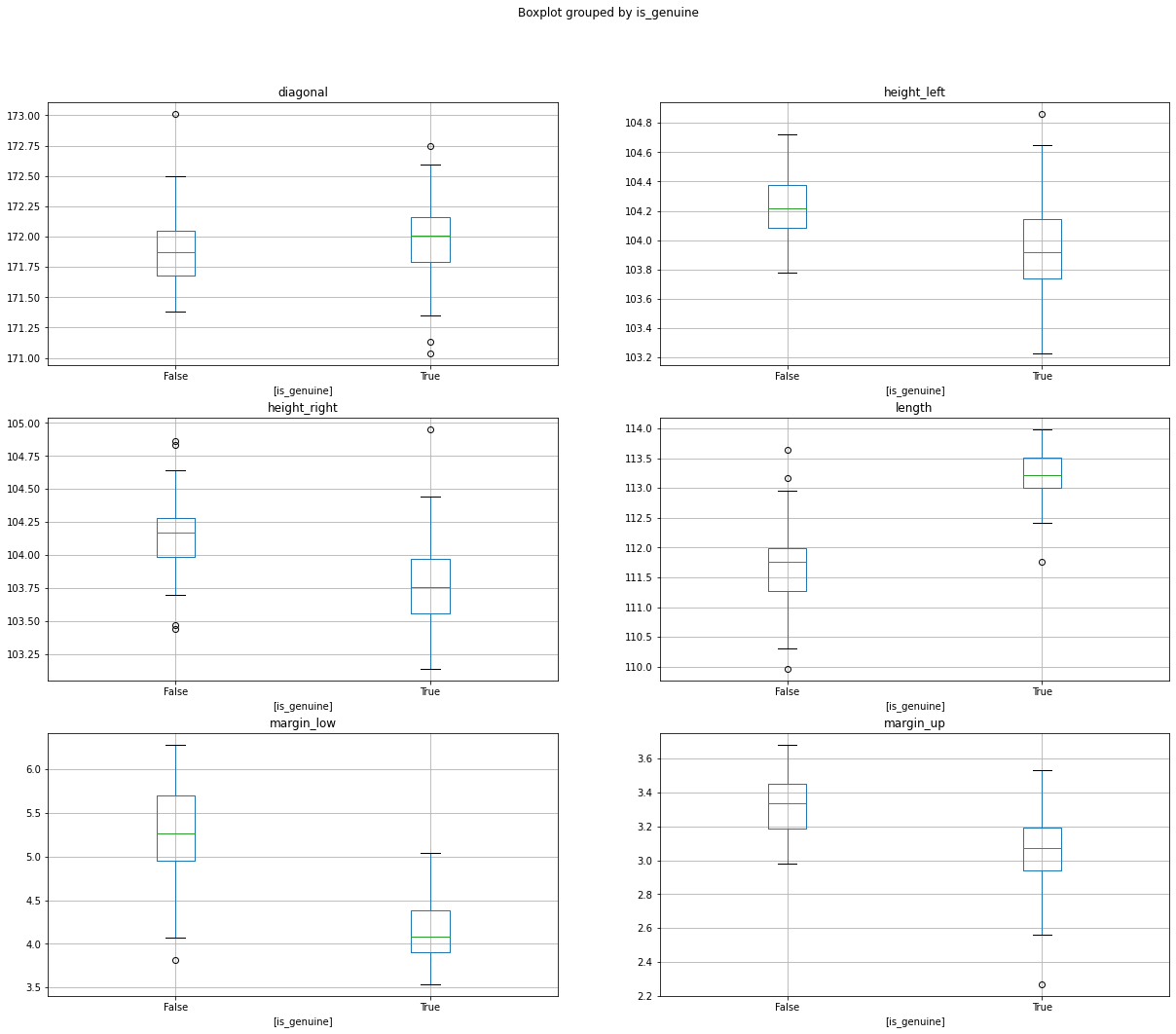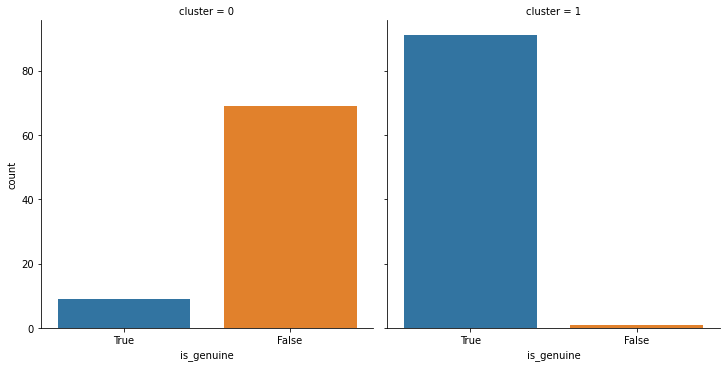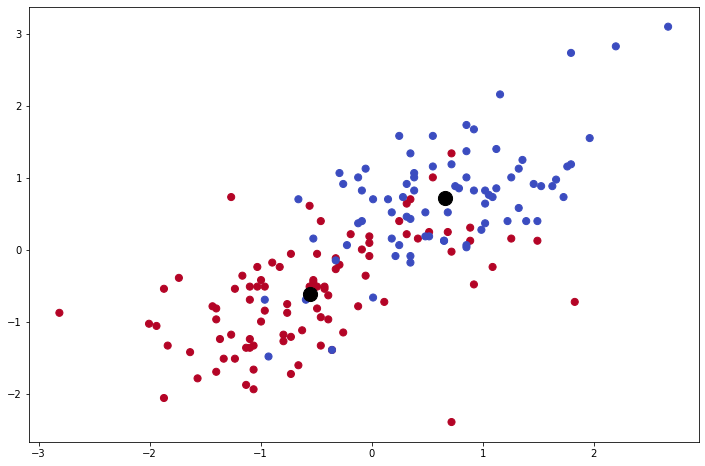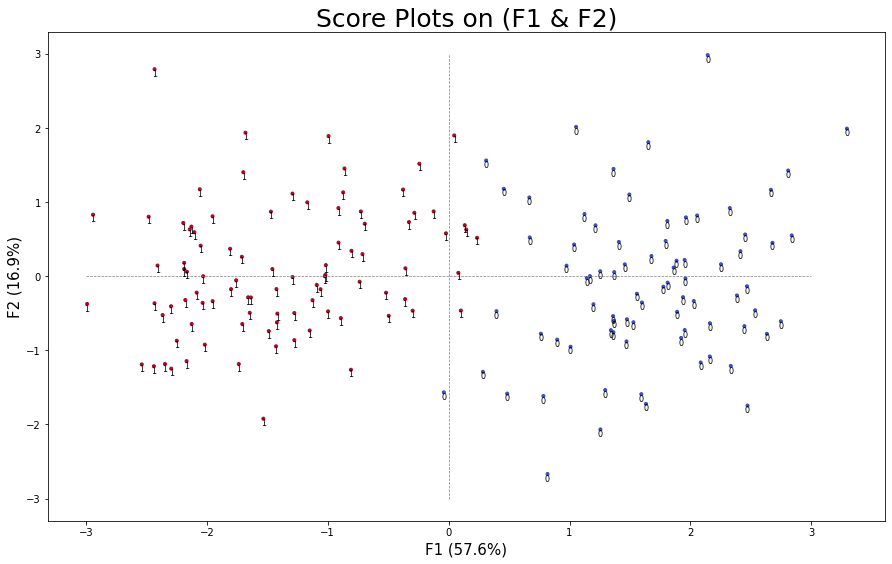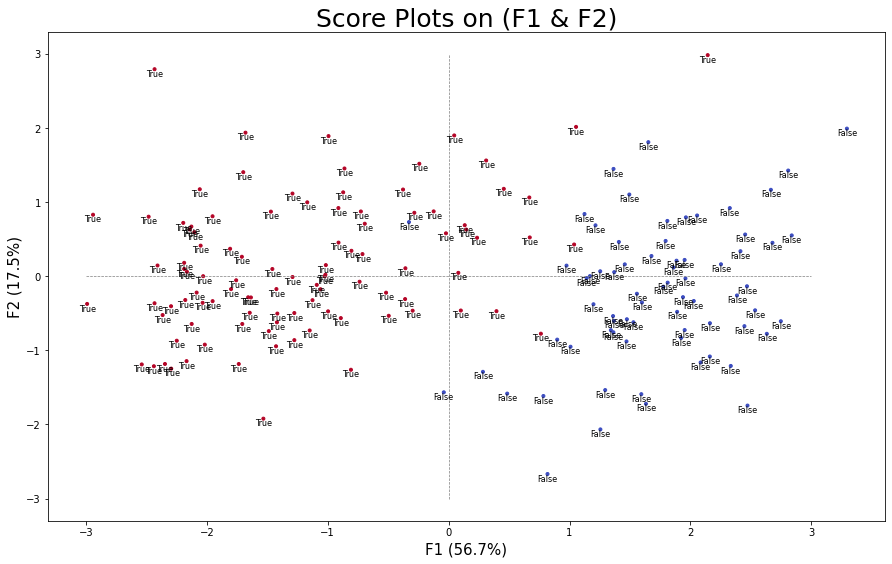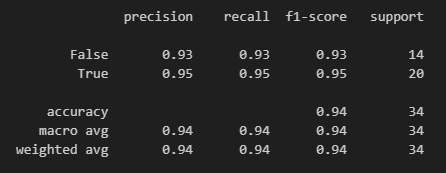Project Information
- Category: Machine Learning, Fraud Detection
- Project date: September 2024
- Project URL: Project Repository
Fake Banknote Detection
This project focuses on detecting fake banknotes based on their physical characteristics (dimensions, margins, etc.). Several machine learning techniques were used, including Principal Component Analysis (PCA), KMeans clustering, and logistic regression.
Key Achievements:
- Data exploration and visualization to understand variable relationships.
- Dimensionality reduction with PCA for easier visualization and interpretation.
- Unsupervised classification of banknotes using KMeans clustering.
- Supervised modeling with logistic regression to predict the authenticity of banknotes.
Technologies Used:
Python, Pandas, Seaborn, Scikit-learn, Matplotlib
Context and Challenges
Counterfeit banknotes pose a persistent issue, and detecting them requires advanced data analysis methods. This project offers a solution to automatically identify fraudulent banknotes based on their physical attributes.
Methodology
The project followed several steps:
- Data cleaning and preparation.
- Exploratory data analysis to identify key trends and patterns.
- Dimensionality reduction using PCA to visualize clustering.
- Applying the KMeans algorithm for unsupervised clustering.
- Supervised modeling using logistic regression to predict banknote authenticity.
Key Results
- The first two principal components explained a significant amount of variance, making it easier to visualize banknote groups.
- KMeans clustering demonstrated a clear separation between genuine and fake banknotes.
- The logistic regression model achieved over 90% accuracy in detecting fake banknotes.
Impact and Added Value
This project demonstrates the effectiveness of machine learning in fraud detection. The methods used here can be adapted to other scenarios where statistical and machine learning methods are needed to detect anomalies or fraudulent behavior.

